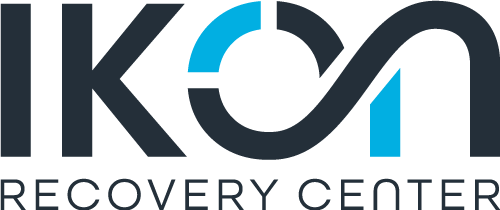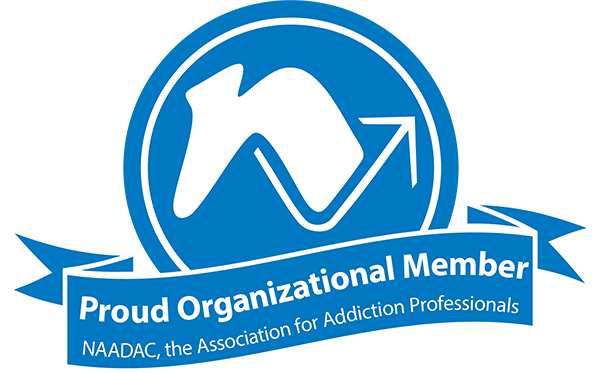Overcoming an addiction to inhalants is often not just a matter of willpower but a complex process that requires professional intervention. Specialized treatment programs offer a beacon of hope, providing evidence-based strategies and compassionate support to those caught in addiction’s web. By seeking out and embracing professional help, you can unlock the door to recovery from inhalant abuse and start on the road to a future defined by freedom and health.
Inhalant Abuse: Signs and Symptoms of Addiction
Key Points:
- Inhalants include solvents like paint thinners, gasses like nitrous oxide, and aerosols like spray paints. These substances are inhaled to induce euphoria or altered states. They quickly affect the central nervous system.
- Regular use of inhalants disrupts brain function and can lead to strong cravings and dependency. The cycle of use makes it increasingly difficult to stop and regain control.
- Symptoms of inhalant abuse include physical signs like a runny nose and chemical smell, along with behavioral changes such as mood swings and social withdrawal.
- Withdrawal from inhalants can involve anxiety, mood swings, fatigue, nausea, and muscle aches, reflecting the body’s adjustment to the absence of the substance.
- Detoxing from inhalants should be medically supervised, with options including inpatient and outpatient programs, medications, counseling, and support groups.
- Inhalants are highly addictive due to their rapid effects and short high. Risks include severe neurological damage, cognitive impairment, and coordination issues.
What Are Inhalants
Inhalants are substances inhaled through the nose to achieve a certain effect.[1] They include a wide range of substances that can produce feelings of euphoria or altered states of consciousness. Common inhalants include:
- Solvents: These are chemicals found in products like paint thinners, nail polish remover, and glue.
- Gases: Examples include nitrous oxide, which is often used in medical settings or as a food propellant, and butane, which is found in lighter fluids.
- Aerosols: These are found in products like spray paints, deodorants, and hair sprays.
Inhalants Addiction and Abuse
Inhalants affect your body by altering the function of your central nervous system. When inhaled via sniffing, these substances quickly enter the bloodstream through the lungs and travel to your brain.[2] Here, they disrupt your normal brain activity. Over time, your body and brain can develop a dependence on these substances. As a result, you may crave them even when you know they’re harmful and negatively affect you. As you continue using them, it can become harder and harder to stop and regain control over your impulses.
Signs and Symptoms of Inhalant Abuse
There are clear warning signs that indicate an inhalant substance abuse issue is present. Here are some symptoms to keep an eye out for:[3]
- Physical symptoms: You might have a runny nose, sores around your mouth, bloodshot eyes, or notice that your breath and clothing have an odor and smell like chemicals.
- Behavioral changes: You might be feeling more moody, irritable, or unusually energetic, followed by periods of fatigue. If you’re acting out of character, seem unmotivated, or suffer from a mental disorder, it could be linked to your inhalant use.
- Social withdrawal: You might avoid social events, skip school or work, and spend more time alone. Your relationships with friends and family might be starting to suffer due to your inhalant addiction.
- Impaired coordination: If you’re having trouble with coordination, like being clumsy or unsteady, it might be due to the effects of any inhalants you use. Tasks that used to be easy might seem challenging. This may all be due to your substance dependence.
- Change in appearance: Neglecting personal hygiene or wearing clothes with a chemical smell could be a sign. You might also notice that you’re not taking care of your appearance like you used to. These are common signs of a reliance on inhalants.
- Health issues: Frequent headaches, nausea, or nosebleeds could be related to inhalant use. If these symptoms happen regularly, they could indicate something is wrong.
Inhalants Quick Reference Chart
Drug Category
Commercial & Street Names
DEA Schedule
Administration
Inhalant Withdrawal Symptoms
If you’re going through inhalant withdrawal, you might experience a range of symptoms as your body adjusts to the lack of the substances. Here’s what you might experience:[4]
Anxiety and irritability
You might feel unusually anxious, restless, or irritable. These emotional changes can be intense and challenging to manage.
Sleep disorder
Sleep disorders such as insomnia or disrupted sleep patterns can occur. People might have trouble falling asleep or staying asleep through the night.
Weight loss
Your appetite might be affected, causing you to lose an unhealthy amount of weight.
Cravings
You might experience strong urges or cravings to use inhalants again. These cravings can be intense and difficult to resist.
Mood swings
You could experience sudden shifts in mood, ranging from depression to euphoria. These mood swings can be difficult to predict and handle.
Nausea, vomiting, and seizures
Gastrointestinal symptoms like nausea, vomiting, or seizures can be part of inhalant withdrawal.
Muscle weakness and pains
You might experience muscle aches, muscle weakness, joint pain, or general physical discomfort.
Difficulty concentrating
Trouble focusing or making decisions can occur as your brain adjusts to functioning without the substances.
Fatigue
Feeling drained is a common withdrawal symptom. You might lack energy and motivation.
Headaches
Frequent or severe headaches can be a symptom as your body adjusts to the absence of the inhalants.
Sweating, shivering, and dizziness
Changes in your body’s temperature regulation can lead to excessive sweating or shivering.
Hallucination
You may also experience a hallucination when in the throes of withdrawal or experience confusion.
When It Comes Time to Get Help
Drug addiction is a disease. You deserve the chance to get out from under the weight of substance abuse. We offer a variety of personalized drug rehabilitation and therapy programs to fit your unique situation. Seeking help and acknowledging the problem is the crucial first step toward healing. With professional support and tailored treatments, freedom from substance dependence is within reach.
Frequently Asked Questions about Inhalants
What detox treatments are available for inhalant addiction?
Detoxing from an inhalant addiction requires a multi-pronged approach. This is due to the physical and psychological challenges involved. Here are some treatments and strategies that are available to you when it’s time to get free of substance abuse:
- Medical supervision: Detoxing from inhalants is best done under medical supervision. This ensures that any complications can be managed promptly and safely. Healthcare professionals can monitor your health, provide medication if needed, and offer support.
- Inpatient detox programs: These programs provide 24/7 care in a controlled environment. They’re designed for individuals with severe addiction or those who require a structured setting to manage withdrawal symptoms. Insurance may cover some of these costs.
- Outpatient detox programs: Outpatient programs offer flexibility. You’ll attend scheduled therapy sessions at a treatment facility but live at home. Insurance may also cover some of these costs.
- Medications: Your physician might prescribe medications to manage symptoms such as anxiety, depression, or insomnia. Medications can help ease the discomfort of withdrawal and support your recovery.
- Counseling and therapy: Individual counseling, cognitive-behavioral therapy (CBT), or other therapeutic approaches can help address the psychological aspects of addiction. Therapy can assist in understanding the triggers for use, developing coping strategies, and building a supportive network. Insurance may also help to cover these costs.
- Support groups: Engaging with support groups, such as 12-step programs, family therapy, or other peer support groups, can provide valuable encouragement and shared experiences from others who have faced similar challenges.
- Aftercare planning: After completing drug rehabilitation, continuing care is important. This might include ongoing therapy, regular check-ins with healthcare providers, or participation in long-term recovery programs.
How addictive are inhalants?
Inhalants can be highly addictive, and understanding why can help you recognize the risks involved. Here’s what to know:
- Rapid onset of effects: When you use inhalants, you experience a quick and intense high.[5] This immediate rush may make you want to use the substance repeatedly to chase that initial feeling. This can easily lead to substance abuse.
- Short duration of effects: The toxicity of inhalants usually wears off quickly. Because the high doesn’t last, you might use them more frequently.
- Craving and tolerance: You might develop a tolerance to inhalants over time. This means you need to use more to get the same effect. This increasing need can escalate your risk of addiction.
- Psychological dependence: You might find yourself relying on inhalants for the euphoria they provide. This psychological dependence can make it tough to stop using them. This is especially true if you’re using them to cope with stress, anxiety, or other issues.
What are the health risks of abusing inhalants?
The biggest health risk of using inhalants is incurring potentially severe damage to your brain, nervous system, and overall neurology.[6] Inhalants can cause significant harm to your neurological systems. This can lead to cognitive impairment, memory loss, difficulties with concentration and coordination, coma, asphyxia, hypoxia, heart failure, tremor, psychosis, and even cardiac arrest and respiratory arrest. It’s even possible that any brain damage you suffer is irreversible if not enough oxygen gets to your brain.
What items are considered to be dangerous inhalants?
Dangerous inhalants include many common chemical substances, aerosol products, cooking sprays, and solvent liquids.[7] Gasoline, propane, and benzene are flammable chemicals that can cause respiratory distress and organ damage. Nail polish, correction fluid, and rubber cement contain toxic solvents. Hair spray, air freshener devices, and some plastic items may have harmful fuels and chemicals that can disrupt your central nervous system. Seemingly harmless substances like poppers can be dangerous if not used properly. Many substances commonly considered safe when used in a medical scenario can be dangerous when abused, including anesthesia.
Sources
[1]U.S. Department of Health and Human Services. (2023, December 4). Inhalants. National Institutes of Health. https://nida.nih.gov/research-topics/inhalants
[2][5]U.S. National Library of Medicine. (n.d.-b). Substance use – inhalants: Medlineplus Medical Encyclopedia. MedlinePlus. https://medlineplus.gov/ency/patientinstructions/000794.htm
[3][6][7]U.S. Department of Health and Human Services. (2023a, January 12). How are inhalants used?. National Institutes of Health. https://nida.nih.gov/research-topics/inhalants
[4]Muralidharan, K., Rajkumar, R. P., Mulla, U., Nayak, R. B., & Benegal, V. (2008). Baclofen in the management of inhalant withdrawal: A case series. Primary care companion to the Journal of clinical psychiatry. https://www.ncbi.nlm.nih.gov/pmc/articles/PMC2249815/
